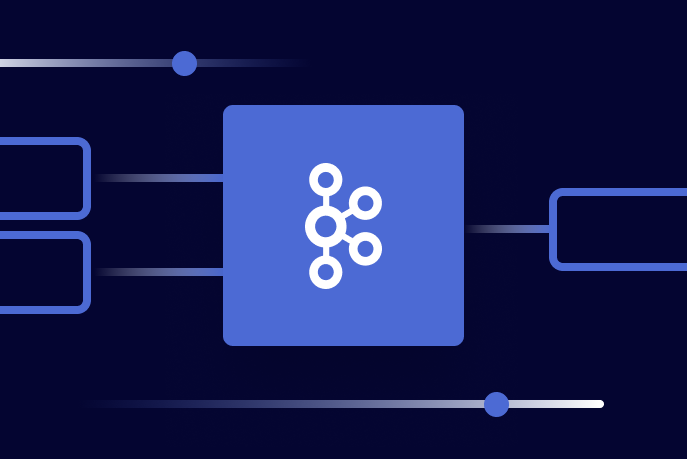OSS Kafka couldn’t save them. See how data streaming came to the rescue! | Watch now
Apache Kafka
Data Products, Data Contracts, and Change Data Capture
Change data capture is a popular method to connect database tables to data streams, but it comes with drawbacks. The next evolution of the CDC pattern, first-class data products, provide resilient pipelines that support both real-time and batch processing while isolating upstream systems...
Unlock Cost Savings with Freight Clusters–Now in General Availability
Confluent Cloud Freight clusters are now Generally Available on AWS. In this blog, learn how Freight clusters can save you up to 90% at GBps+ scale.
Contributing to Apache Kafka®: How to Write a KIP
Learn how to contribute to open source Apache Kafka by writing Kafka Improvement Proposals (KIPs) that solve problems and add features! Read on for real examples.
Top 7 Free Apache Kafka Tutorials and Courses for Beginners in 2023
Stepping into the world of Apache Kafka® can feel a bit daunting at first. Get started with the top resources for beginners to start building your first Kafka application!
Introducing Apache Kafka 3.6
Apache Kafka 3.6 is here! This release includes Tiered Storage (Early Access), the ability to migrate clusters from ZooKeeper to KRaft with no downtime, the addition of a grace period to stream-table joins, & more!
An Introduction to Apache Kafka Consumer Group Strategy
Ever dealt with a misbehaving consumer group? Imbalanced broker load? This could be due to your consumer group and partitioning strategy!
Apache Kafka® Message Compression
Learn about the role of batch.size and linger.ms in Kafka message compression.
How to Run Apache Kafka on Windows
Looking to install Kafka on Windows? This step-by-step guide will show you how to set it up and run it thanks to the Windows Subsystem for Linux 2.
Design and Deployment Considerations for Deploying Apache Kafka on AWS
Apache Kafka (the basis for the Confluent Platform) delivers an advanced stream processing platform for streaming data across AWS, GCP, and Azure at scale, used by thousands of companies. Amazon...
How to Tune Kafka Connect Source Connectors to Optimize Throughput
Get a high-level overview of source connector tuning: What can and cannot be tuned, and tuning methodology for any and all source connectors.
What Is an Apache Kafka Cluster? (And Why You Should Care)
Learn the basics of what an Apache Kafka cluster is and how they work, from brokers to partitions, how they balance load, and how they handle replication, and leader and replica failures.
The Importance of Standardized Hashing Across Producers
When developing streaming applications, one crucial aspect that often goes unnoticed is the default partitioning behavior of Java and non-Java producers. This disparity can result in data mismatches and inconsistencies, posing challenges for developers.
When Should You Spin Up Your Next Apache Kafka Cluster?
Learn when to consider expanding to multiple Apache Kafka clusters, how to manage the operations for large clusters, and tools and resources for efficient operations.
What Is an Event in the Apache Kafka Ecosystem?
The term “event” shows up in a lot of different Apache Kafka® arenas. There’s “event-driven design,” “event sourcing,” “designing events,” and “event streaming.” What is an event, and what is the difference between the role an event has to play in each of these contexts?
Introducing Apache Kafka 3.5
We are proud to announce the release of Apache Kafka® 3.5.0. This release contains many new features and improvements. This blog post will highlight some of the more prominent features.
Confluent Will Beat Your Cost of Running Kafka (or $100 on us)
Companies are looking to optimize cloud and tech spend, and being incredibly thoughtful about which priorities get assigned precious engineering and operations resources. “Build vs. Buy” is being taken seriously again. And if we’re honest, this probably makes sense. There is a lot to optimize.
Tackling the Hidden and Unhidden Costs of Kafka
Operating Kafka at scale can consume your cloud spend and engineering time. And operating everyday tasks like scaling or deploying new clusters can be complex and require dedicated engineers. This post focuses on how Confluent Cloud is 1) Resource Efficient, 2) Fully Managed, and 3) Complete.






